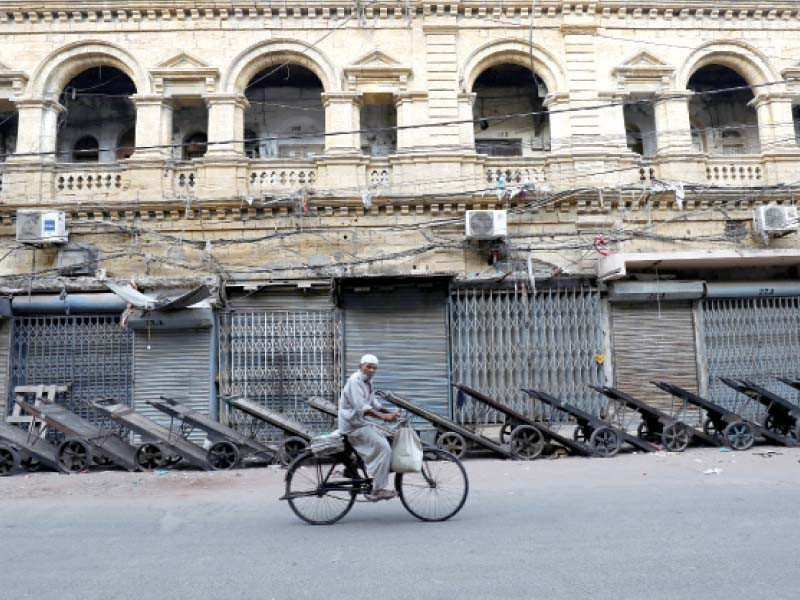
Economic insecurity is the mother of all insecurities. It impacts every aspect of life and the social fabric in a systematic way.
Unfortunately, a big chunk of Pakistanis is feeling the impact of insecurity. Pakistan’s economy has slowed down, which is the result of poor economic policies and execution plans.
The World Bank, in its review, underlined that the average GDP growth in Pakistan in the first two decades of the 21st century was only 2%. It is less than half the average growth rate of the region.
The most critical elements of the poor performance were the uncertain macroeconomic policy framework, poor investment and exports. Pakistan has only celebrated GDP growth bubbles, led by consumption.
Consumption itself is not bad if it is met by domestic production, but in Pakistan, it is the other way round.
Pakistan has to meet a major portion of consumption by importing goods, even food imports are increasing. In Jul-Feb of fiscal year 2020-21, Pakistan’s food imports increased sharply, jumping from $3.6 billion to $5.6 billion.
It came despite the fact that Pakistan was an agricultural economy. It is not a sustainable practice and has long-term implications for the economy.
Debt pile-up is another serious problem with Eurobond the latest addition. It is happening despite the fact that Pakistan is spending a substantial amount on debt servicing every year. In recent times, private debt has also shown a rising trend.
It is a scary picture and has certain comparisons with Brazil, Mexico and Argentina. For instance, in 1980 the total debt of Brazil was $72 billion and it spent $146 billion in debt servicing till 1998.
Despite the huge debt servicing, Brazil ended up with total debt of $231 billion in 1998. The story of Mexico and Argentina is not different from Brazil.
International financial institutions (IFIs) are applying the same strategy to Pakistan, which is in a debt trap. IFIs dictate their own terms to bring new legislation according to their advice.
Pakistan has appointed a new economic team whose sole goal is to revive and fuel growth. The situation presents an opportunity to the new team to take on the mantle by putting back the economy on track. A review of literature suggests that the best strategy will be to focus on production and exports, fuelled by investment. For that purpose, the team will have to look at sectors which can help meet these objectives in the short and long run.
In the prevailing circumstances, agriculture and the China-Pakistan Economic Corridor (CPEC) have the potential to provide the required impetus to achieve the goal.
Agriculture
The revival of agriculture will provide multidimensional opportunities and benefits. On the one hand, it will help to tackle unemployment among the unskilled labour.
Employment will give an impetus to income distribution on a wider scale, which will help to deal with inequality.
On the other hand, it will help to improve foreign currency reserves by enhancing exports and reducing imports. Domestic industry, especially textile, sugar, leather and food processing will benefit with the availability of quality input at affordable prices.
However, to revive agriculture, Pakistan will have to support the farming community, especially owners of small farms (less than five acres), which constitute 64% of total farms.
Agriculture faces many challenges, but climate change and credit availability are the key among all.
Climate change is impacting agriculture in a big way, which is evident from the spells of rain at harvesting time.
Unfortunately, in Pakistan, the climate change policy seems to be only focused on plantation and advocacy. No doubt, plantation is good and helps to combat climate change, but the overall agriculture needs help.
The best available solution is climate smart agricultural practices. The Ministry of National Food Security and the Ministry of Climate Change should join hands to help the farming community.
Financing is an old issue which is haunting the farming community. It needs financial assistance for buying costly inputs, marketing of commodities and bearing other expenses.
The government should focus on two areas to tackle the issue – interest-free credit and targeted subsidy.
Interest-free credit is direly needed as a majority of farmers do not go for borrowing due to the involvement of interest. Moreover, there should be no complications and extra requirements for getting the facility.
Second source of financing will be subsidy. The present policy of “blanket subsidy” is flawed, which is only benefiting the big landlords.
Pakistan should focus on targeted subsidy. For this, the farmers should be divided into four categories in accordance with the Agriculture Census of Pakistan.
Input subsidy can be provided in the following sequence: farmers with less than 2.5 acres, 100% subsidy; farmers with less than 5 acres, 50% subsidy; farmers with less than 10 acres, 35% subsidy; and farmers with less than 12.5 acres, 20-30% subsidy.
Apart from that, a targeted pricing mechanism should be introduced by dividing farmers on the basis of available surplus.
Let’s apply the proposed mechanism to wheat. The proposed categories will be 15 maunds, 30 maunds, 50 maunds and above 50 maunds.
The government should buy wheat at Rs3,000 per 40 kg from group 1, Rs2,500 per 40 kg from group 2, Rs2,000 per 40 kg from group 3 and at market price from group 4. The same formula can be devised for other commodities.
Economic corridor
CPEC has also the potential to revolutionise Pakistan’s economy. It has all the ingredients required to revive and put the economy on fast track.
To fully benefit from CPEC, Pakistan needs to implement it in true economic spirit. There are two areas which require urgent attention.
First is industrialisation, which is needed to transform the economy from primary to secondary levels. It can be done by speeding up SEZ construction and empowering the CPEC Authority.
Second is the inclusion in the Chinese supply chain, especially the inclusion of small and medium enterprises (SMEs).
Agricultural cooperation under CPEC is another opportunity to revive agriculture and economy. Cooperation in science and technology will help to build a knowledge economy in the long run.
Unfortunately, the new economic team, especially the Economic Advisory Council, does not have any experts related to agriculture, CPEC and knowledge economy.
The team composition shows that the government is more concerned about financial management and focus on production is less. The government needs to refine the composition and include agricultural, CPEC and knowledge economy experts.
The writer is a political economist
Published in The Express Tribune, April 26th, 2021.
Like Business on Facebook, follow @TribuneBiz on Twitter to stay informed and join in the conversation.

1672385156-0/Andrew-Tate-(1)1672385156-0-405x300.webp)





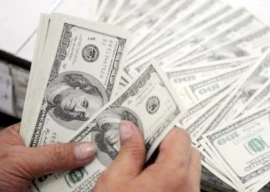




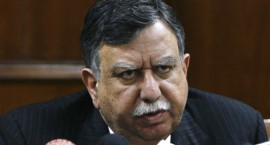
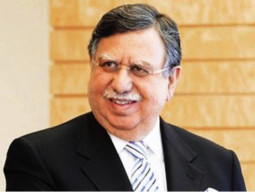
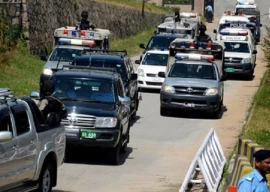






COMMENTS
Comments are moderated and generally will be posted if they are on-topic and not abusive.
For more information, please see our Comments FAQ